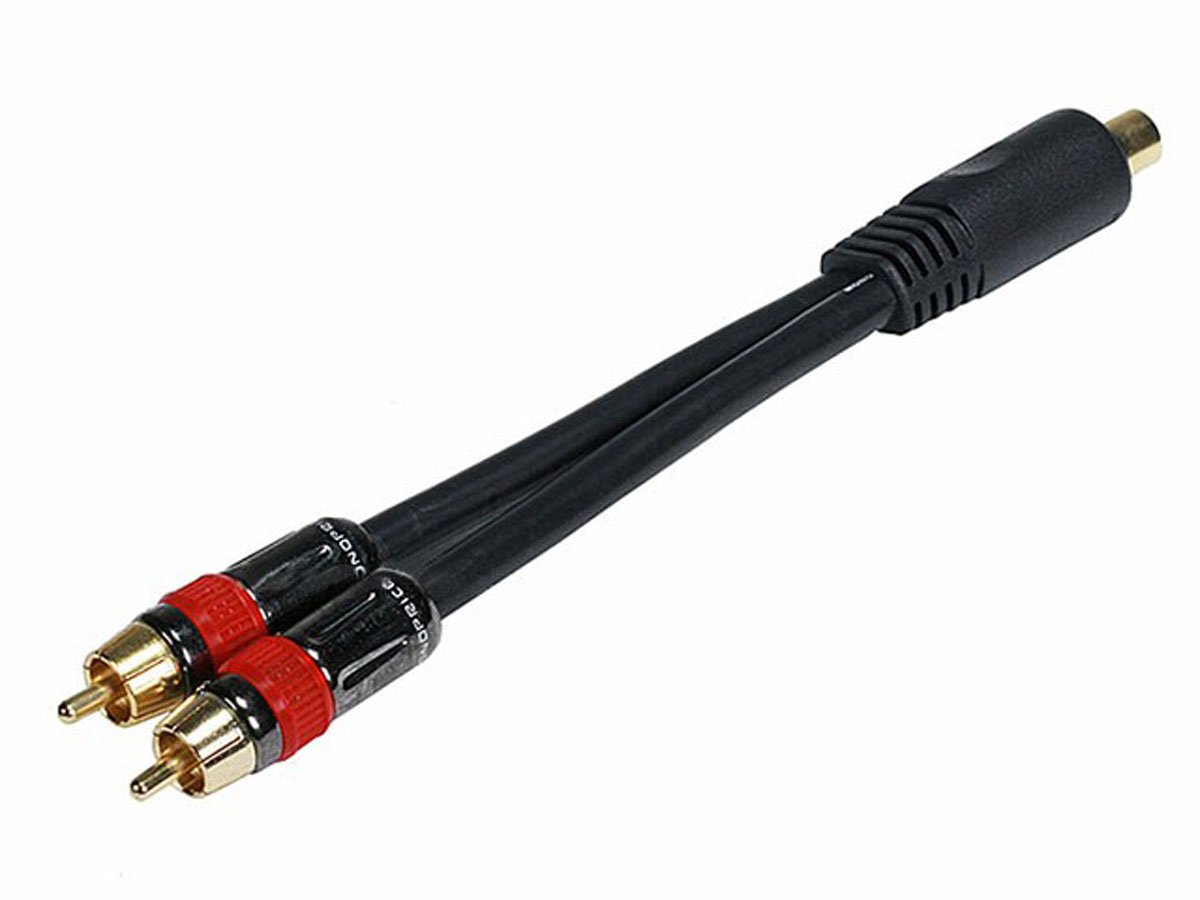

- COAX RCA VIDEO AUDIO TO USB CONVERTER PORTABLE
- COAX RCA VIDEO AUDIO TO USB CONVERTER PC
- COAX RCA VIDEO AUDIO TO USB CONVERTER WINDOWS
Coaxial is one of the most common transfer cables for digital audio. What is the difference between S/PDIF and coaxial?Ĭoaxial cables, unlike S/PDIF, which was initially made to work with a variety of cables, as there isn’t a cable that is S/PDIF-specific, the coaxial format only works with RG6 to RG11 coaxial cables. S/PDIF is also used to move uncompressed digital audio from a CD player to an amplifier or receiver. The use was defined under the IEC 61937 standard. S/PDIF is used to carry compressed digital audio in surround sound applications. What is S/PDIF used for In The World Of Recording? Coaxial cables are thicker than regular audio cables, and they transmit data instead of analog signals.

RCA uses coaxial cables in the cable designs. RCA is a plug/terminator/cable end found on the end of a cable while coaxial is a cable type. As we said before, S/PDIF uses a stereo digital connection.

What Type of output does an S/PDIF port provide?Īn S/SPDIF port provides a digital optical output. S/PDIF uses a stereo digital connection while RCA uses an analog mono connection. They look very similar, though they are not the same by any means. You cannot use an RCA cable for an S/PDIF connection.
COAX RCA VIDEO AUDIO TO USB CONVERTER WINDOWS
Once you have plugged your cable in, go to the bottom-right corner of your Windows taskbar and click the speaker icon to make sure you “Digital” or “Optical” icon shows.
COAX RCA VIDEO AUDIO TO USB CONVERTER PC
Once you have made sure that both your PC and speakers have the correct optical S/PDIF port, all you have to do is plug your PC into your speakers using an optical cable. We often find S/PDIF in high-fidelity systems or home theaters. S/PDIF originally came into production as a digital audio connection used to connect consumer equipment and output audio over shorter distances. S/PDIF stands for Sony/Philips Digital Interface. Next, set the clock on your master device so that every device is receiving a clock signal from your master device. To synchronize the devices, you must set all of your system devices to the same sample rate (44.1 kHz, 48 kHz, etc.). To connect S/PDIF to an audio device, you must connect the cables, synchronize both of your audio devices, and set up the routing. It can also support audio transfers without compression up to 192kHz at its best. HDMI supports the latest lossless Dolby sound formats, such as DTS HD Master Audio and TrueHD. HDMI is superior to S/PDIF in many ways, as S/PDIF is a limited format due to its bandwidth. People often get confused between S/PDIF and RCA connectors found in coaxial cables, as RCA connectors are in analog format. It stands for Sony/Philips Digital Interconnect Format. S/PDIF is a digital connection that, similar to optical. If you have an optical cable, you can use the optical output or S/PDIF. However, if you have an optical port, you cannot connect S/PDIF to that optical port, as it can only take optical cables alone. If you have an S/PDIF connection, you can use optical and coaxial cables. S/PDIF is a digital stereo connection, while RCA is an analog mono connection.

People often get confused, as S/PDIF cables look similar to analog-style RCA connections, though they are not the same by any means. S/PDIF requires a specific S/PDIF digital cable. S/PDIF, on the other hand, typically transmits over an RCA or coaxial cable. Optical typically refers to ADAT protocol over a fiberoptic cable or TOSLINK. Is S/PDIF cable the same as optical?īoth S/PDIF and optical are digital connections, though they are different. However, when it comes to long cable runs, high-quality shielded aux cables win, as they don’t lose data like optical cables. Electrical sources, such as your power, may end up distorting your signal. When it comes to sound quality, aux is open to quality loss and interference, unlike optical.
COAX RCA VIDEO AUDIO TO USB CONVERTER PORTABLE
You can use auxiliary inputs with just about any portable device out there, while USB has a few limitations.įor pure sound quality, USB is a much better and safe choice. However, aux inputs are a universal cable compared to USB cables. USB connections typically provide superior sound quality compared to aux inputs. When it comes to modern audio, we recommend using USB cables instead. With that said, you must deal with sync when using S/PDIF, so there is a trade-off using one over the other. With S/PDIF, you get an utterly noiseless application compared to potentially noisy USB.


 0 kommentar(er)
0 kommentar(er)
